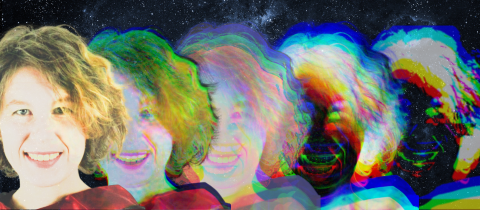I remember once giving a talk on vitamins and having someone come up to me after with a comment along the lines of “I was in your class years ago and you were talking about the benefits of vitamin E for the heart and now you are saying it is pretty well useless. How can we trust science when one day you say this the next day that?”
Understandable comment. But we need to point out that science is an ongoing quest for knowledge and is based on coming to conclusions based on observations. As more and more observations accumulate, conclusions may change.
Of course, there are many kinds of observations, ranging from anecdotes to randomized, controlled double-blind trials. And sometimes even the best trials come up with different results because there are just too many confounding factors. Life is complicated. Science can be likened to a race towards a finish line with that finish line always seeming to recede from us. But as we accumulate more data, we get closer to it.
The current COVID-19 pandemic is a prime example of how rapidly evolving observations can impact conclusions. Studies about microdroplets in the air visualized by special photographic techniques, coupled with observations of disease transmission among asymptomatic people in indoor environments, are causing scientists to reconsider the value of masks for the general public. One impactive episode that has come to light is that choir practice in Washington state in which 45 of 60 people became infected despite no physical contact with each other.
The issue is not about wearing a mask when out for a walk. Contracting the virus in that situation is virtually impossible as long as you exercise physical distancing. However, being indoors with a significant number of people, such as in a supermarket, may be a different story. In such a case a mask may reduce the risk since there are two factors that seem to be important: the concentration of viral particles in the air, and the contact time with these particles. In the Washington choir episode, the singing, which does involve more expectoration than just talking, went on for more than two hours.
So, as we stretch towards that finish line, we are making changes in our stride and it is likely that we will hear recommendations that wearing masks in indoor commercial spaces offers some protection. But remember that science rarely has a final word and what we say today may change by tomorrow. Or in this instance, an hour from now.
As that great philosopher, Yogi Berra, said, “you can observe a lot just by watching.” And now I’m watching Zorro and wondering if a bandana mask is of any use. At least it doesn't take a mask away from a health care worker.







